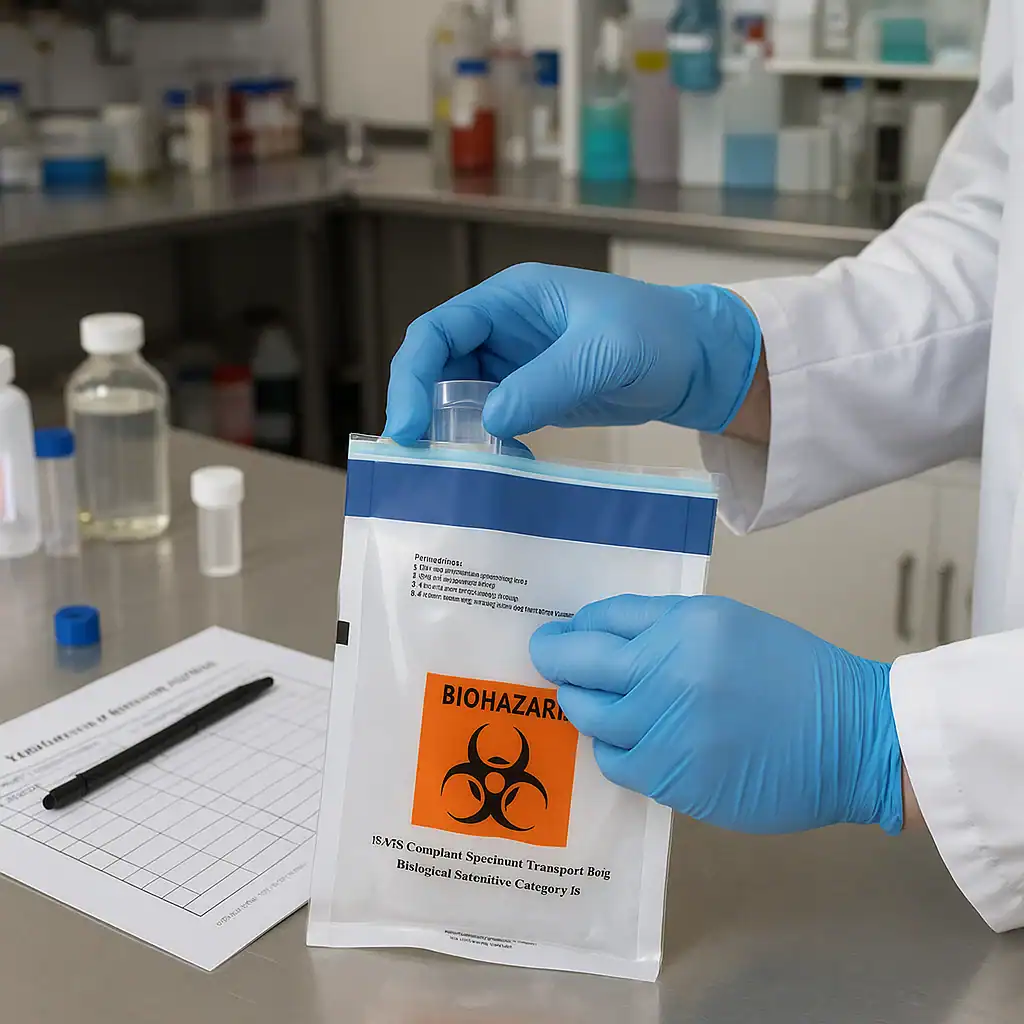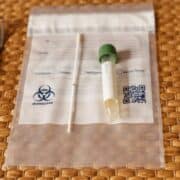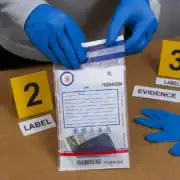Tamper-Evident Packaging: A Key to Safe Pharmaceutical Products

Definition: What is Tamper-Evident Packaging?
Tamper-evident packaging refers to packaging that incorporates features or mechanisms that make it apparent when the packaging has been tampered with. In other words, once the package is opened or altered, it will show irreversible signs of damage or modification, such as broken seals, opened closures, or exposed contents. The purpose of such packaging is not to prevent opening but to ensure that any tampering is obvious to consumers and regulators alike.
Importance: Why is Tamper-Evident Packaging Critical in the Pharmaceutical Industry?
Ensuring Drug Safety:
Tamper-evident packaging is essential in protecting consumers from contaminated or counterfeit drugs. It provides a clear indication if the drug package has been opened or altered during production, distribution, or retail. The 1982 Tylenol cyanide poisonings underscore the importance of tamper-evident packaging in preventing drug contamination. In response to this tragedy, the FDA implemented regulations requiring over-the-counter (OTC) drugs to have tamper-evident packaging. This legislation aimed to ensure that any attempts to alter or replace the contents of a drug would be visible, reducing the risk of consumer harm.
Enhancing Consumer Trust:
Consumers are increasingly aware of the risks associated with counterfeit and adulterated medications. Tamper-evident packaging provides visible proof that the drug is sealed and untouched, offering reassurance that the product has not been tampered with. This transparency is vital for maintaining consumer confidence, as people are more likely to trust a product with packaging that provides clear tampering evidence. Additionally, this packaging feature can improve brand loyalty by reinforcing the company’s commitment to consumer safety.
Regulatory Compliance:
Tamper-evident packaging is often a legal requirement for pharmaceuticals. In the United States, the FDA mandates that most OTC drug products must feature tamper-evident packaging to be sold legally. The FDA’s 21 CFR 211.132 outlines the requirements for tamper-evident packaging, stipulating that these products must include features like breakable seals or shrink bands that indicate when the product has been opened. Failure to comply with these requirements can lead to fines, recalls, or legal action. The Poison Prevention Packaging Act (PPPA) further enforces child-resistant packaging for certain drugs to prevent accidental poisoning. In addition, Falsified Medicines Directive (FMD) in Europe also mandates tamper-evident features for prescription drugs to prevent counterfeit medicines from reaching the market.
Preventing Counterfeit Drugs and Illegal Channels:
Counterfeit drugs are a significant global issue, and tamper-evident packaging is an effective deterrent against counterfeiting. The visibility of tampering signs makes it difficult for counterfeiters to replace or alter drugs without detection. By making tampering evident, pharmaceutical companies can ensure that their products are not manipulated before they reach the consumer, reducing the prevalence of fake drugs in the market. This feature also helps prevent theft during shipping and distribution.
Regulatory Requirements: Compliance with Tamper-Evident Packaging Standards
Various global regulations dictate the use of tamper-evident packaging in pharmaceuticals. These regulations ensure that drugs are properly sealed and protected throughout the supply chain. Here are key regulatory requirements:
-
FDA 21 CFR 211.132: The FDA’s 21 CFR 211.132 requires that most OTC drugs must feature tamper-evident packaging to be legally sold in the U.S. This can include a shrink seal, a foil seal, or any mechanism that shows evidence of tampering once the package is opened. The tamper-evident feature must be clear and visible to the consumer so that any signs of tampering are immediately noticeable.
-
Poison Prevention Packaging Act (PPPA): This law requires certain prescription drugs and household products to be sold in child-resistant packaging to prevent accidental ingestion by children. Tamper-evident features are often integrated with child-resistant designs, enhancing the overall safety of the product.
-
Falsified Medicines Directive (FMD) – Europe: This directive mandates that all prescription drugs in the EU must feature tamper-evident packaging as a measure to fight counterfeit drugs. It requires visible tampering evidence and includes safety features such as holograms, unique identifiers, and serialization to track the product throughout the supply chain.
-
Other Global Standards: Many countries follow similar regulations or adopt guidelines based on international standards like ISO 8317, which dictates the use of tamper-evident packaging for pharmaceuticals to ensure product integrity across markets.
Common Types: Key Forms of Tamper-Evident Packaging
Pharmaceutical companies use several types of tamper-evident packaging to comply with regulations and ensure product safety. Here are four common types:
-
Shrink Bands: Shrink bands or shrink sleeves are often used around bottle caps or product openings. These bands shrink tightly when heat is applied, providing a visible indicator of tampering. Once the band is broken, it cannot be resealed, making it easy to spot if someone has opened the product.
-
Induction Seal Foils: This involves placing an induction sealing foil under the cap of a bottle. The foil is melted onto the bottle neck using electromagnetic induction, and when opened, the foil is permanently damaged, leaving visible tampering marks.
-
Tear Tabs: These are small, breakable tabs that are attached to the packaging and can be torn off when the package is opened. The tear tab will often be the first to break, serving as a clear indication that the package has been opened. This design is often used on medication bottles and blister packs.
-
Void Seals: Void seals are special labels or tapes that leave behind a “VOID” message or a broken design when removed. These are commonly used on packaging that needs to be opened for the first time by the consumer.
Applications and Examples: Practical Uses of Tamper-Evident Packaging
Tamper-evident packaging is widely used in the pharmaceutical and medical fields to ensure drug safety. Below are a few examples:
1. Pharmaceutical Bottles:
For pill bottles, over-the-counter medications often use shrink bands and foil seals around the bottle cap. These seals must be broken by the consumer before they can open the bottle. If the shrink band or foil seal is damaged, it indicates that the bottle has been tampered with. Examples include vitamin bottles, cough syrup bottles, and over-the-counter pain medications.
2. Single-Dose Drug Packaging:
Vaccines and diagnostic reagents often use single-dose packaging, such as vials with breakable seals or blister packs. For example, an ampoule has a pre-scored neck that must be broken before the contents can be accessed. Once the ampoule is opened, the seal is permanently broken, indicating that it has been tampered with. Blister packs also offer tamper-evident features, as each individual dose is sealed and cannot be accessed without breaking the seal.
3. Lab and Medical Sample Transport:
Medical laboratories and healthcare providers often require tamper-evident bags for transporting biohazard samples (such as blood or urine samples). These bags usually feature strong adhesive seals and unique serial numbers for easy identification and tracking. The packaging cannot be resealed after it is opened, providing a clear indication of tampering.
4. Drug Combination Packs:
Some pharmaceutical products come in combination packs, such as vaccines that include both the vial and the syringe. These combination packs are often sealed with tamper-evident labels or shrink wrap to ensure that none of the components have been altered or replaced before use.
Design Considerations for Tamper-Evident Packaging
When designing tamper-evident packaging, pharmaceutical companies need to consider factors such as material strength, ease of use, regulatory standards, and consumer experience. Here are some key design considerations:
-
Material Strength and Durability: The packaging material must be robust enough to withstand normal handling and shipping but also be easily damaged if tampered with. Materials like induction seals, foil seals, and shrink bands are commonly used for their durability and tamper-evident qualities.
-
Clear Tamper Indicators: The design should make it easy for consumers to spot any signs of tampering. Labels, seals, or tapes should leave permanent evidence once removed, such as a “VOID” message, broken seal, or torn packaging.
-
Regulatory Compliance: The packaging design must comply with the relevant local and international regulations. This includes ensuring that tamper-evident seals are applied to appropriate products (OTC drugs, prescription medications, etc.) and are properly labeled for consumer visibility.
-
Ease of Use: While security is paramount, the packaging should not be so complex that it becomes difficult for legitimate users to open. The design should balance tamper resistance with user-friendliness, ensuring that elderly or disabled users can open the packaging without difficulty.
Conclusion: Compliance and Competitive Edge – The Strategic Importance of Tamper-Evident Packaging
Tamper-evident packaging is not only a necessary compliance measure but also a strategic tool for enhancing brand reputation and consumer trust. Pharmaceutical companies must adopt tamper-evident packaging to meet regulatory standards and ensure the safety of their products. As regulations become more stringent and consumers demand higher levels of safety, tamper-evident packaging will continue to play an essential role in maintaining product integrity.
For pharmaceutical companies, investing in tamper-evident packaging design is both a regulatory necessity and a competitive advantage. It ensures compliance, reduces risks, protects consumers, and promotes brand loyalty. In an industry where safety is the top priority, tamper-evident packaging is a crucial part of ensuring that medications reach consumers in their original, unaltered state. As tamper-evident technology continues to evolve, it will further solidify its role in maintaining public health and ensuring product authenticity.






